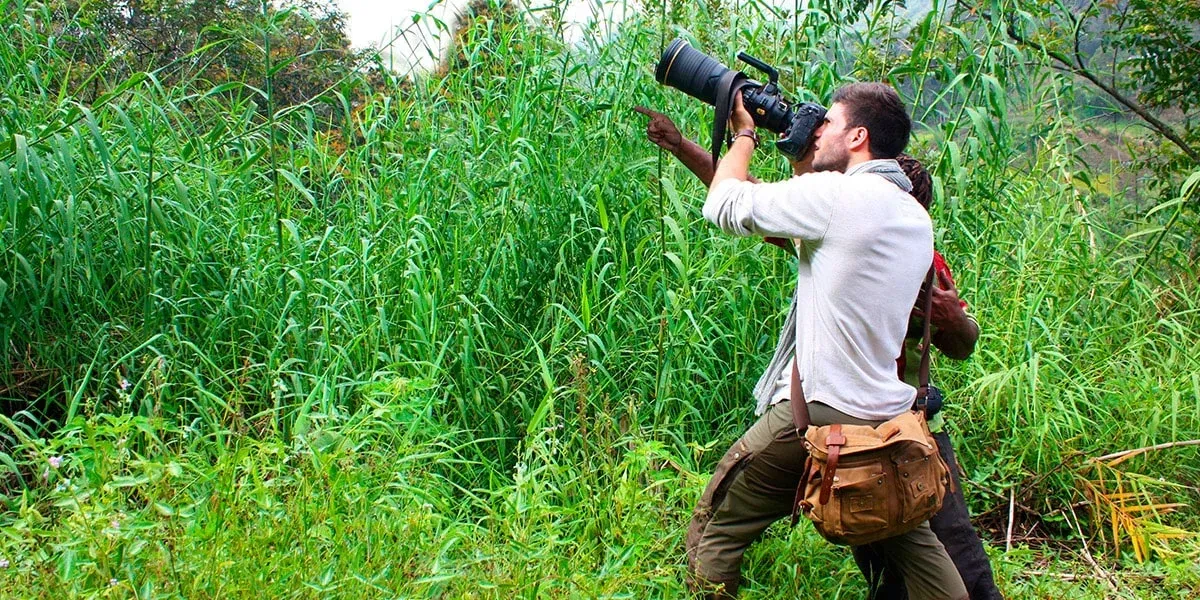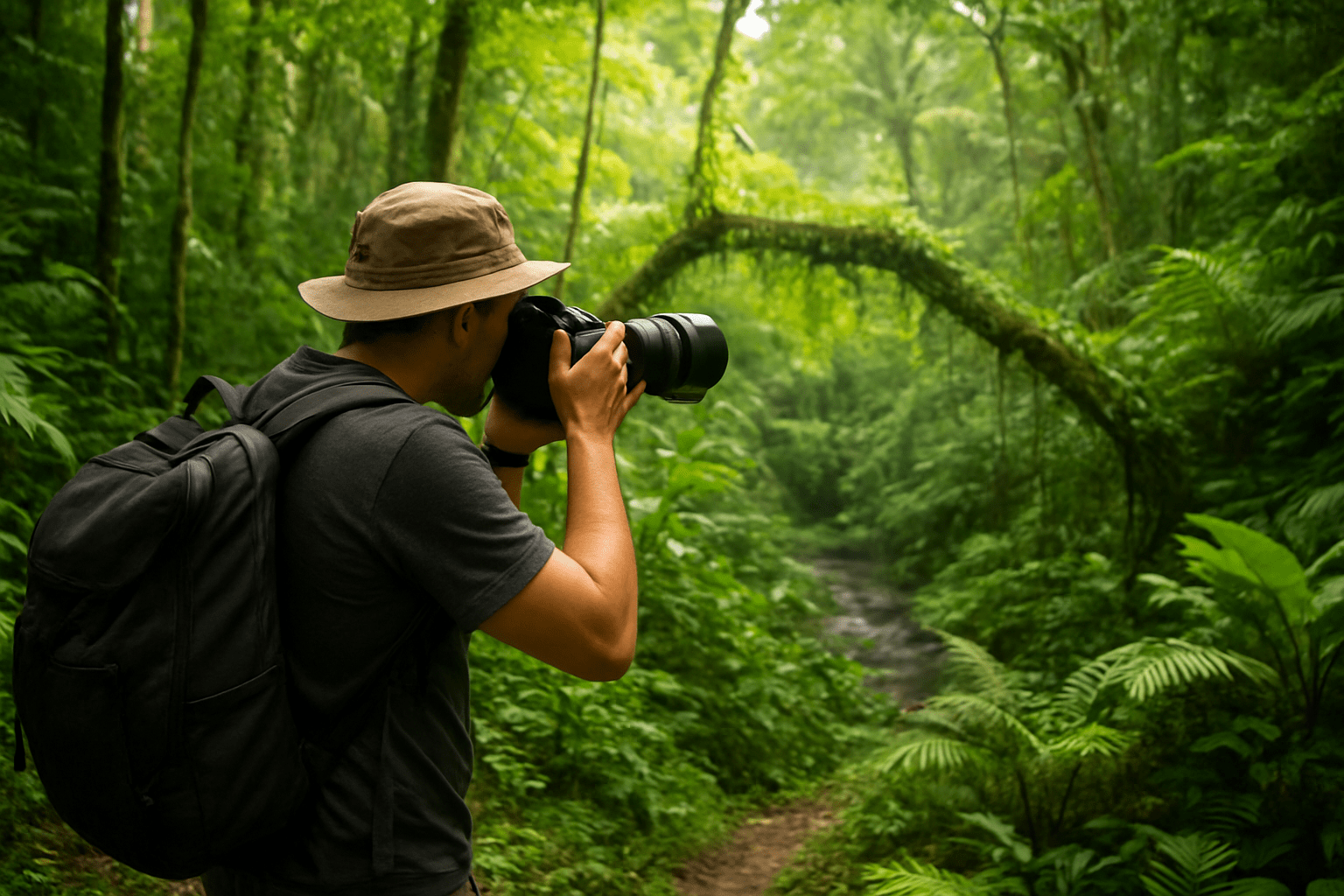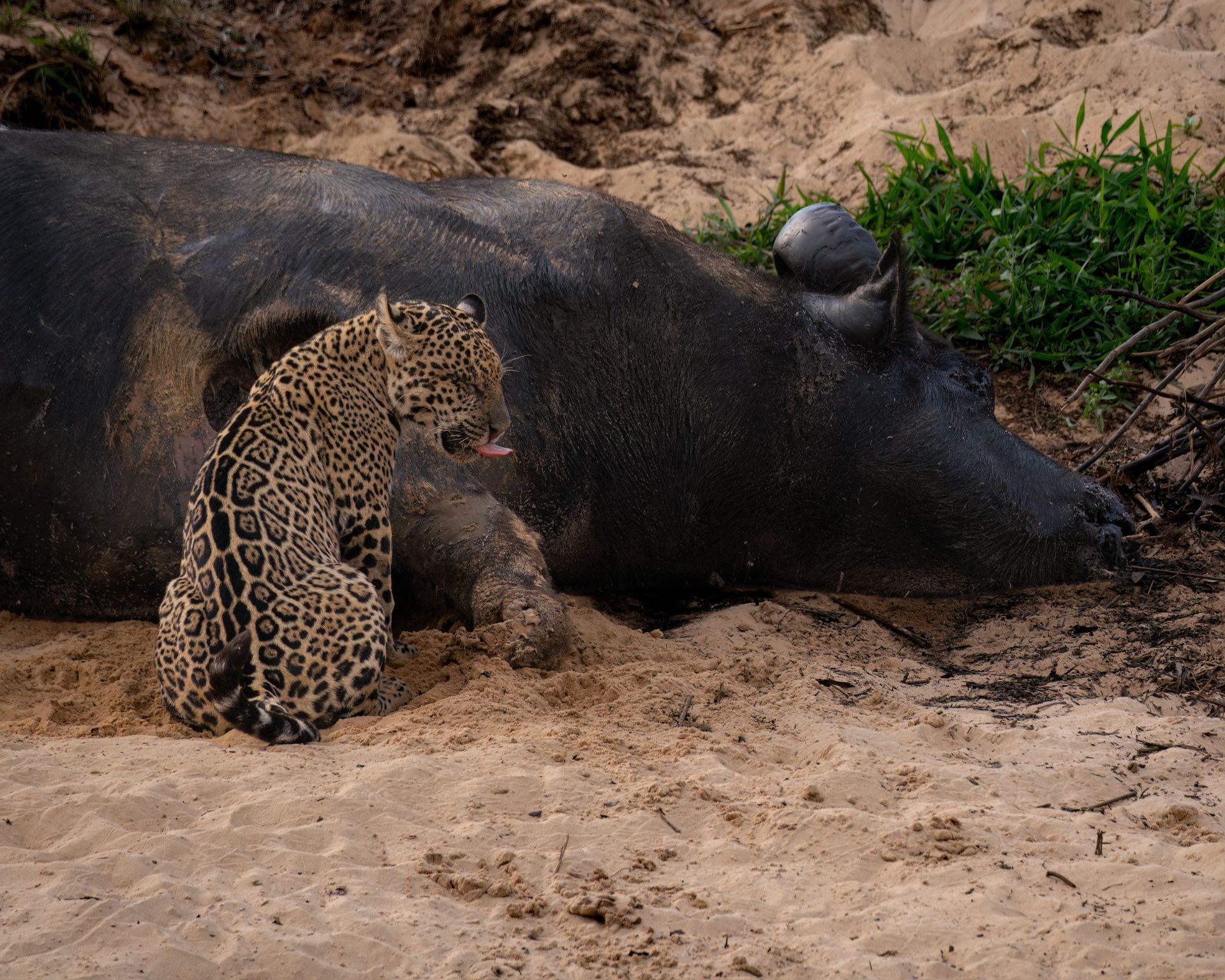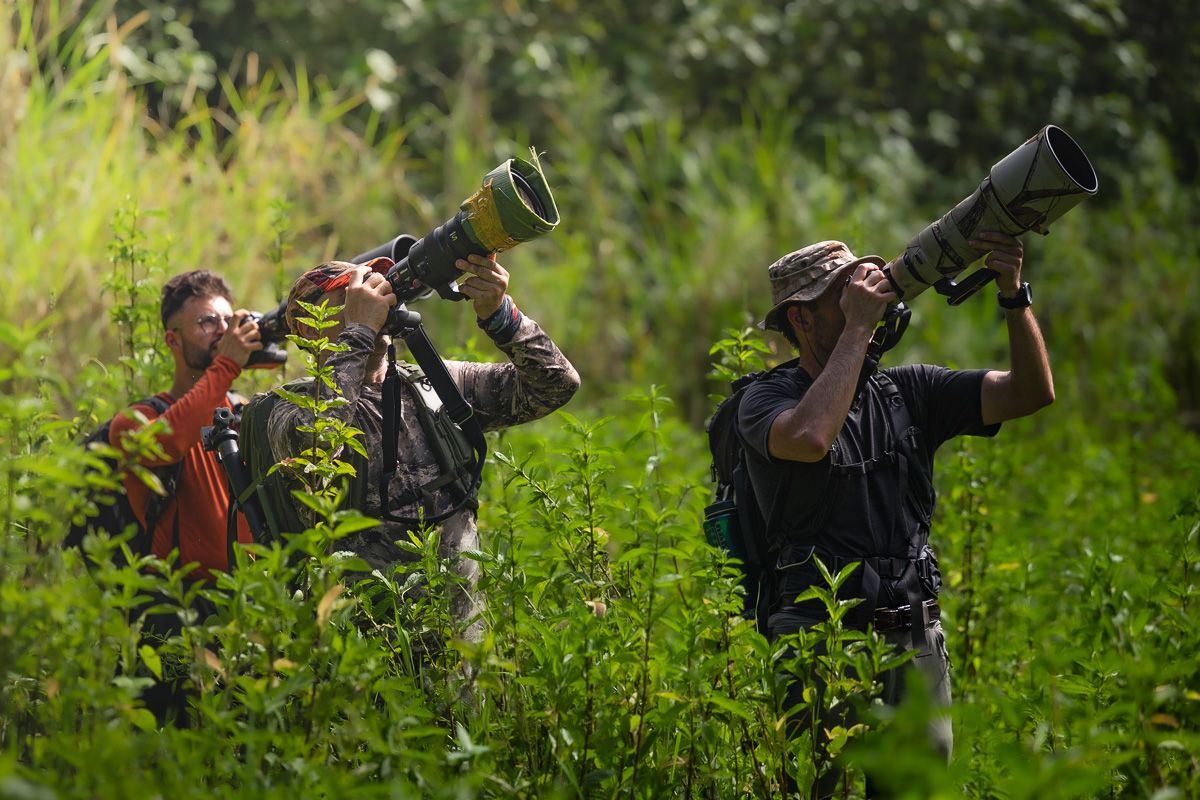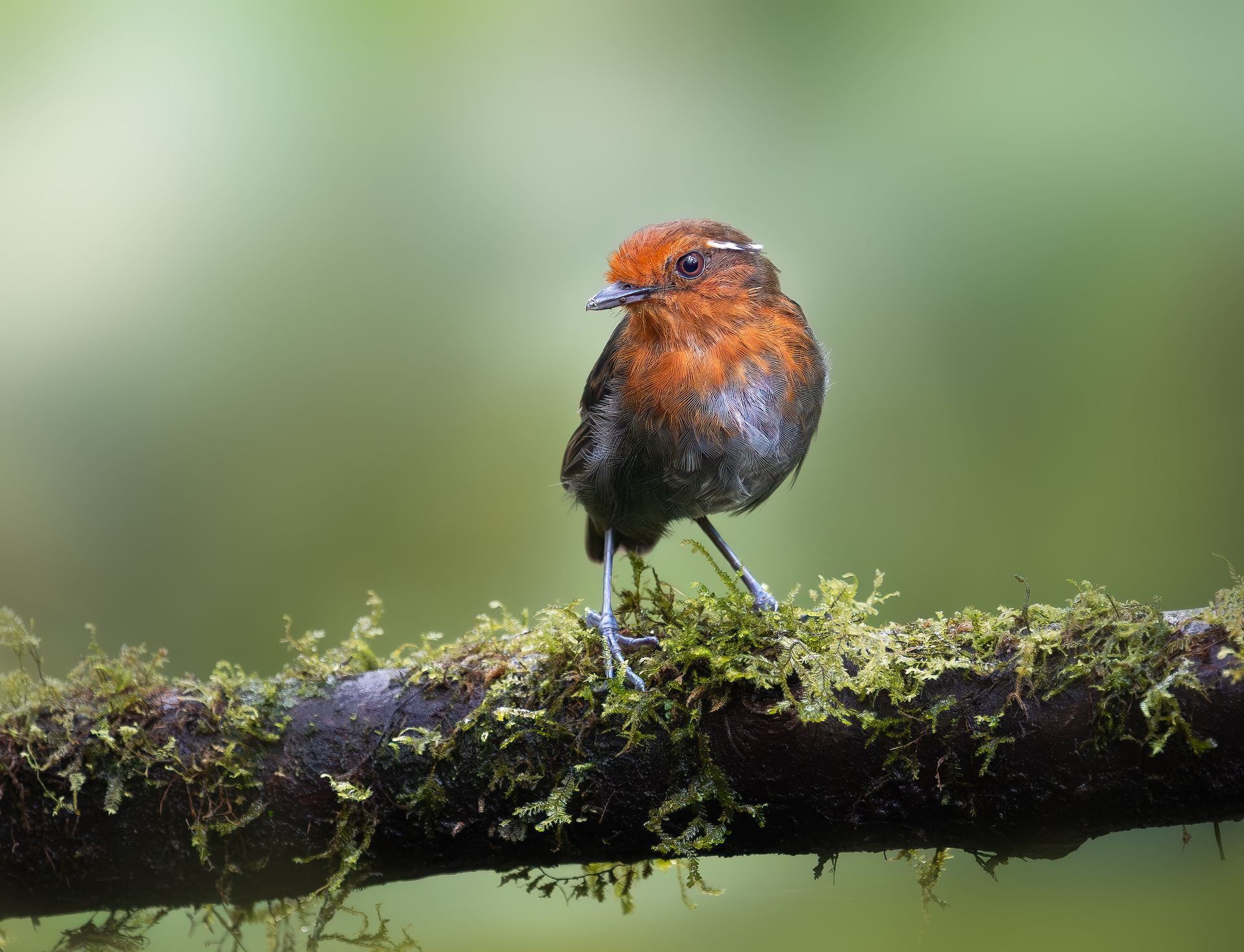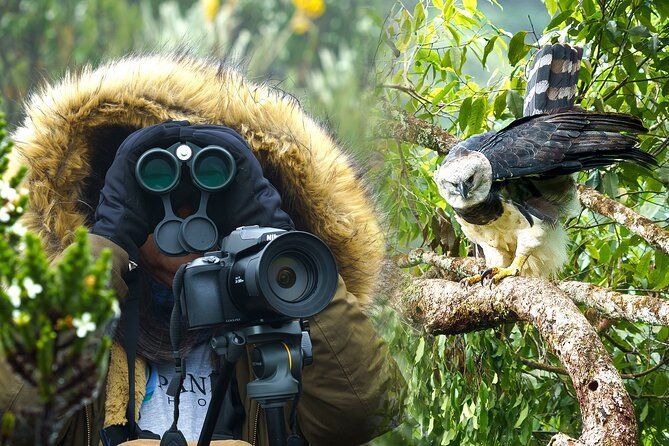Tanagers: The Most Colourful Birds of the Andes Range
Tanagers: The Most Colourful Birds of the Andes Range
The Andes Mountains are one of the most biodiverse regions on Earth, and among their feathered jewels, none are more dazzling than the tanagers. With their radiant plumage, varied habitats, and fascinating behavior, tanagers embody the richness of South America’s birdlife. Colombia, Ecuador, and Peru — countries crossed by the Andes — host the highest diversity of these spectacular birds, making them a favorite subject for birdwatchers and photographers alike.
In this article, we’ll explore the beauty of tanagers in detail: their diversity, habitats, feeding behaviors, and the best ways to photograph them in Colombia’s Andean landscapes.
Why Tanagers Captivate Bird Lovers
- Unparalleled diversity: Over 240 species of tanagers are found in the Americas, with Colombia alone hosting more than 50.
- Explosion of color: Brilliant reds, blues, greens, and yellows make them some of the most striking birds in the world.
- Andean stronghold: The Andes range is their prime habitat, offering a rich variety of ecosystems from cloud forests to páramos.
Tanagers are often described as “living rainbows,” and spotting one in the wild is a moment that stays with birders forever.
Part 1: What Are Tanagers?
Physical Characteristics
- Size: Small to medium-sized (10–20 cm).
- Plumage: Some of the most vibrantly colored birds, with intricate patterns.
- Bill: Short and thick, adapted for fruit, insects, and flower nectar.
Behavior
- Social feeders: Often found in mixed flocks with other species.
- Agile foragers: Hop energetically through branches, plucking fruits and insects.
- Vocalizations: Soft chirps, twitters, and whistles — not as loud as parrots or toucans but constant in the forest.
Part 2: Why the Andes Are a Tanager Paradise
The Andes provide the perfect conditions for tanagers:
- Altitude gradients create varied habitats, from lowland forests to páramos above 3,000 meters.
- Abundant fruiting trees support their frugivorous diet.
- Cloud forests provide rich insect populations.
In Colombia, the intersection of three Andean ranges makes it the epicenter of tanager diversity.
Part 3: Iconic Andean Tanagers to See in Colombia
Here are some of the most spectacular species you can encounter:
Multicoloured Tanager (Chlorochrysa nitidissima)
- Endemic to Colombia.
- A true rarity, with striking blue, green, yellow, and orange plumage.
- Best spotted in the Central Andes.
Golden Tanager (Tangara arthus)
- A brilliant golden-yellow bird with black wings.
- Common in mid-elevation forests.
Blue-and-Black Tanager (Tangara vassorii)
- Subtle but elegant, with deep blue body and black wings.
- Seen in higher-altitude cloud forests.
Flame-faced Tanager (Tangara parzudakii)
- A fiery blend of orange, red, and black.
- Often joins mixed feeding flocks.
Beryl-spangled Tanager (Tangara nigroviridis)
- Iridescent green with black speckling.
- Photogenic species found in cloud forests.
Hooded Mountain-Tanager (Buthraupis montana)
- One of the largest tanagers.
- Striking blue and yellow coloration.
Part 4: Photography Challenges and Opportunities
Photographing tanagers in the Andes is both exhilarating and demanding.
Challenges:
- Constant movement: Tanagers rarely sit still.
- Dense foliage: Canopies and forest understory make lighting tricky.
- High elevations: Cold, misty conditions in cloud forests.
Photography Tips:
- Use burst mode to capture their rapid movements.
- Telephoto lens (400–600mm) for distant shots.
- Natural perches near fruiting trees yield the best images.
- Patience and silence are key — wait for the perfect light through canopy gaps.
Part 5: Best Locations in Colombia for Tanager Watching
Montezuma Rainforest Reserve (Tatamá National Park)
- Over 20 tanager species possible in a single morning.
- Famous for mixed-species flocks.
Río Blanco Reserve (Caldas)
- Known for antpittas, but tanagers abound in surrounding forests.
Santa Marta Mountains
- Endemic-rich area with several unique tanager species.
Otún Quimbaya Sanctuary
- Excellent location for Multicoloured Tanager.
San Cipriano Reserve (Valle del Cauca)
- Lowland-to-foothill transition habitat, hosting brilliant fruit-loving tanagers.
Part 6: The Role of Tanagers in Ecosystems
Tanagers aren’t just beautiful — they’re ecological engineers:
- Seed dispersers: By eating fruit and excreting seeds, they help regenerate forests.
- Insect control: By foraging on caterpillars, beetles, and other insects.
- Pollination: Some species visit flowers for nectar.
Their presence is a sign of a healthy Andean ecosystem.
Part 7: Conservation of Tanagers
Many tanager species face threats:
- Habitat destruction: Deforestation for agriculture and cattle ranching.
- Climate change: Alters fruiting patterns and elevational ranges.
- Endemism vulnerability: Restricted ranges make some species highly threatened.
Conservation efforts in Colombia:
- Establishment of bird reserves like ProAves sanctuaries.
- Community ecotourism projects that protect cloud forests.
- International support for endemic species like the Multicoloured Tanager.
Part 8: Stories from the Field
Photographers often describe their first encounter with a tanager as unforgettable:
- Watching a mixed flock of tanagers sweep through the trees at Montezuma feels like witnessing a moving rainbow.
- Spotting the elusive Multicoloured Tanager after hours of waiting is considered a “bucket-list” moment.
- Capturing a Hooded Mountain-Tanager against the misty backdrop of the páramo is a shot of a lifetime.
These stories reflect the magic and challenge of Andean bird photography.
Part 9: Practical Tips for Bird Photographers in the Andes
- Best season: December–March (dry season) for easier access.
- Clothing: Waterproof layers for cloud forest rain.
- Gear: Telephoto lens, binoculars, tripod, and spare batteries.
- Local guides: Essential for locating mixed flocks and rare endemics.
- Stay at eco-lodges: Many provide feeders that attract tanagers daily.
Conclusion: Tanagers, Living Jewels of the Andes
Tanagers are more than birds — they are symbols of the biodiversity and beauty of the Andes. Their brilliant colors, ecological roles, and challenging photography opportunities make them irresistible to bird lovers worldwide.
Colombia, with its extraordinary habitats and high species diversity, stands out as the ultimate destination to admire these living rainbows. For photographers, each tanager image is not just a capture of plumage but a story of patience, color, and wild Andean magic.




